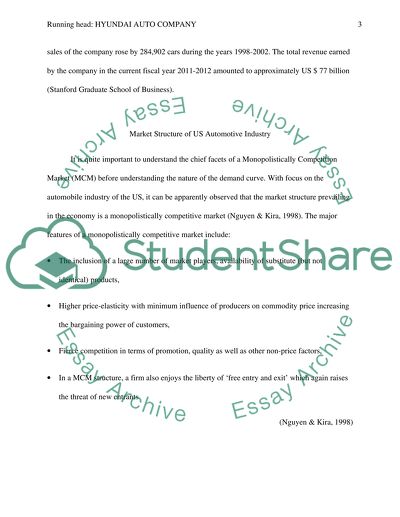Cite this document
(“Hyundai Auto Company Essay Example | Topics and Well Written Essays - 2250 words”, n.d.)
Retrieved from https://studentshare.org/marketing/1399713-hyundai-auto-company
Retrieved from https://studentshare.org/marketing/1399713-hyundai-auto-company
(Hyundai Auto Company Essay Example | Topics and Well Written Essays - 2250 Words)
https://studentshare.org/marketing/1399713-hyundai-auto-company.
https://studentshare.org/marketing/1399713-hyundai-auto-company.
“Hyundai Auto Company Essay Example | Topics and Well Written Essays - 2250 Words”, n.d. https://studentshare.org/marketing/1399713-hyundai-auto-company.


